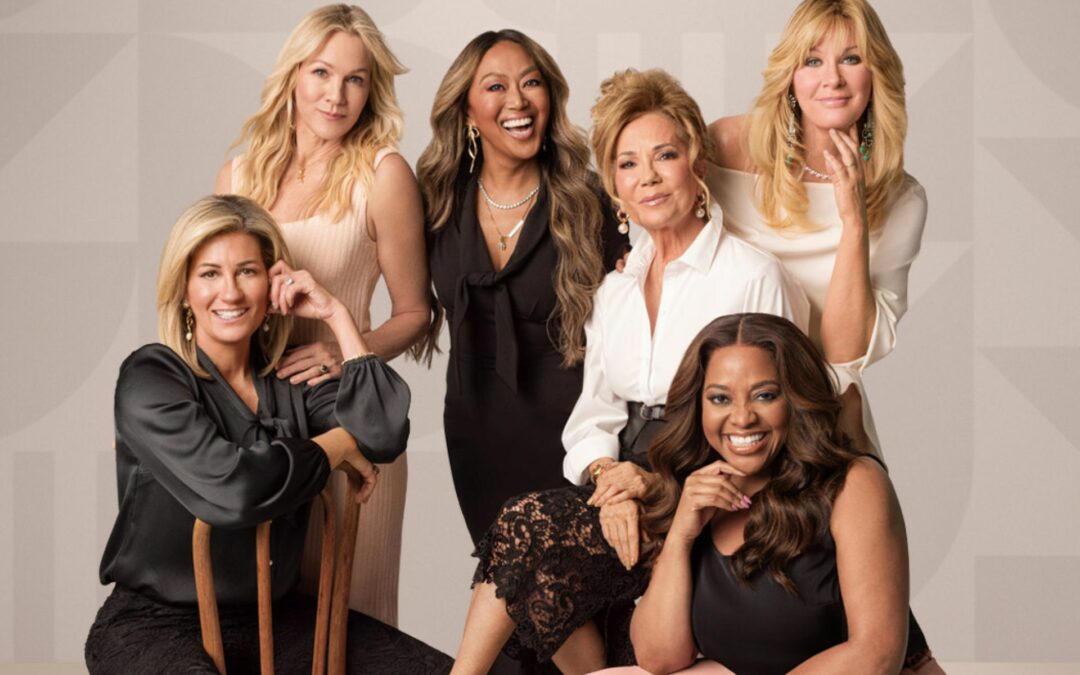Regan was joined on the panel — “Advancing Diversity & Inclusion in the Home + Housewares Industry” — by Madeline Di Nonno, CEO, the Geena Davis Institute on Gender in Media; Todd Kaufman, vice president, business development, Beanstalk; and Krystyna Braxton, licensing manager, the NFL Players, Inc.
The panelists discussed key considerations by companies when implementing diversity and inclusion practices into their organizations, as well as the potential business impact of such practices.
Regan said many companies, small and large, often wonder, “Where do I begin?” when it comes to considering diversity and inclusion programs for their organizations. Her answer: Just get started.
Di Nonno stressed the importance of “what gets measured, gets done.” She advised company leadership to start with basic questions: What is the status of a company’s diversity? Do employees currently feel the company is inclusive?
It’s important for companies to understand the distinction between diversity and inclusion and how the concepts interact, the panel agreed. Diversity refers to the characteristics that make humans different from one another: gender, race/ethnicity, sexuality, ability status, age and body size, while inclusion refers to making individuals and groups feel welcomed, valued, supported, and respected.
Licensing International created a Diversity & Inclusion Toolkit to help companies understand the many facets required to establish and manage diversity and inclusion programs. Diversity and inclusion are not one-size-fits-all concepts, Regan said, explaining the association’s toolkit provides resources and actionable information to develop programs tailored to companies.
The toolkit provides several recommendations for company leaders in getting started:
- Establish an annual audit to measure where the company’s diversity and inclusion progress.
- Create concrete goals while sharing a diversity and inclusion mission statement that sets clear and identifiable ways in which to measure progress. For example, set achievable one-year goals for professional development, hiring, mentoring, sponsoring, etc.
- Assign a top executive to lead the program, meeting regularly to review progress.
- Increase transparency and make the diversity goals and data more easily accessible to employees and board members.
- Fund the initiatives.
- Think broadly and make sure that diversity and inclusion go beyond just gender and race/ethnicity to include other communities.
Beyond social impact, diversity and inclusion can be beneficial to business, the panelists said.
Kaufman noted that Millennials and Gen Z often are drawn to brands that represent diversity and inclusivity. Di Nonno cited a survey in which 33% of people reported to have stopped using a brand they believe doesn’t show support for their identity.
Such support, Braxton explained, can be shown through how brands reach out to consumers. Start by determining if products are relevant to the communities in which they are being sold, and if products can be diversified to better serve those communities, she said. Panelists cited the inclusive nature of housewares products as a potential advantage for the industry.
Regan concluded by reemphasizing the creation of diversity and inclusion programs, from organizational and business perspectives, are not “one and done.” They are components of an ongoing process, she said, that can help companies remain relevant for years to come.
Watch it Now!
Subscribe to our mailing list to view Connect Spring - Spring Session Videos now!





